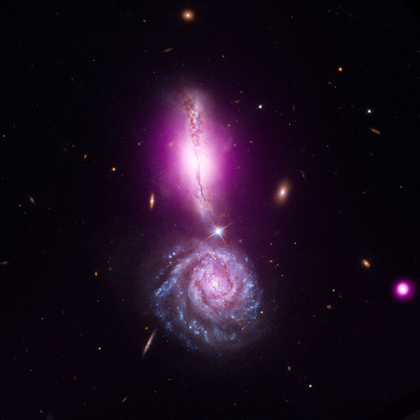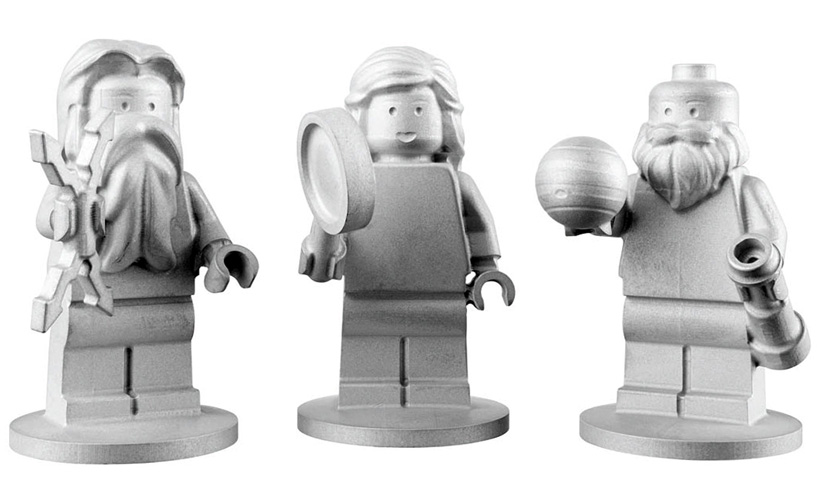VV340 (also known as Arp 340 or UGC 9618) is a pair of interacting gas rich spiral galaxies in the Bootes constellation. Located ~450 million light years from Earth.
It is classified as Luminous Infrared Galaxy (LIRG). LIRGs produce high amounts of IR radiation and can emit from tens to hundreds times more energy than typical galaxies. Actively growing supermassive black holes (AGN) or an intense period of star formation are normally attributed to be the cause of this energy production.
Spitzer data shows that the majority of the IR emissions is coming from the edge on galaxy (VV340 North), and coupled with data from Chandra there is strong evidence for a growing supermassive black hole (SMBH) at its centre obscured by the rest of the galaxy - however only a small proportion of the IR radiation is emitted from SMBH region. However in the UV and short wavelength optical emissions from GALEX and Hubble observations, show that VV340 South to be the brighter suggesting that it has a much higher level of star formation.
Colliding galaxies like this are a premonition of our own Milkyway's future. As we are predicted to be on a collision course with Andromeda. But before anyone starts preaching the apocalypse it's not going to happen for another 3 to 5 billion years. So where safe! Galactic cannibalism is not rare! In fact there are 2 BHs in Andromeda's nucleus. The second BH may well be from a galactic collision.



